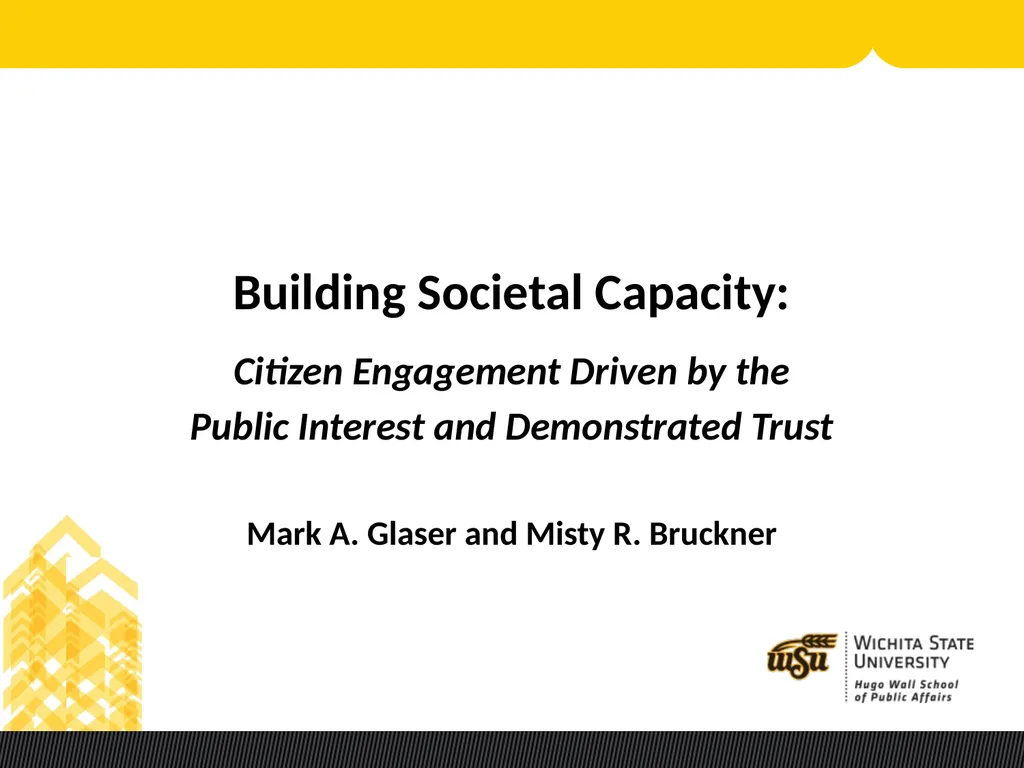
Building Societal Capacity: Citizen Engagement
Author: stefany-barnette | Published: 2025-05-29
Description: Building Societal Capacity: Citizen Engagement Driven by the Public Interest and Demonstrated Trust Mark A. Glaser and Misty R. Bruckner Foundation Differences Public versus Private For-Profit Agencies Private For-Profit Organizations
Download Presentation
Download the PPT/PDF: Download
Transcript:
Loading transcript…